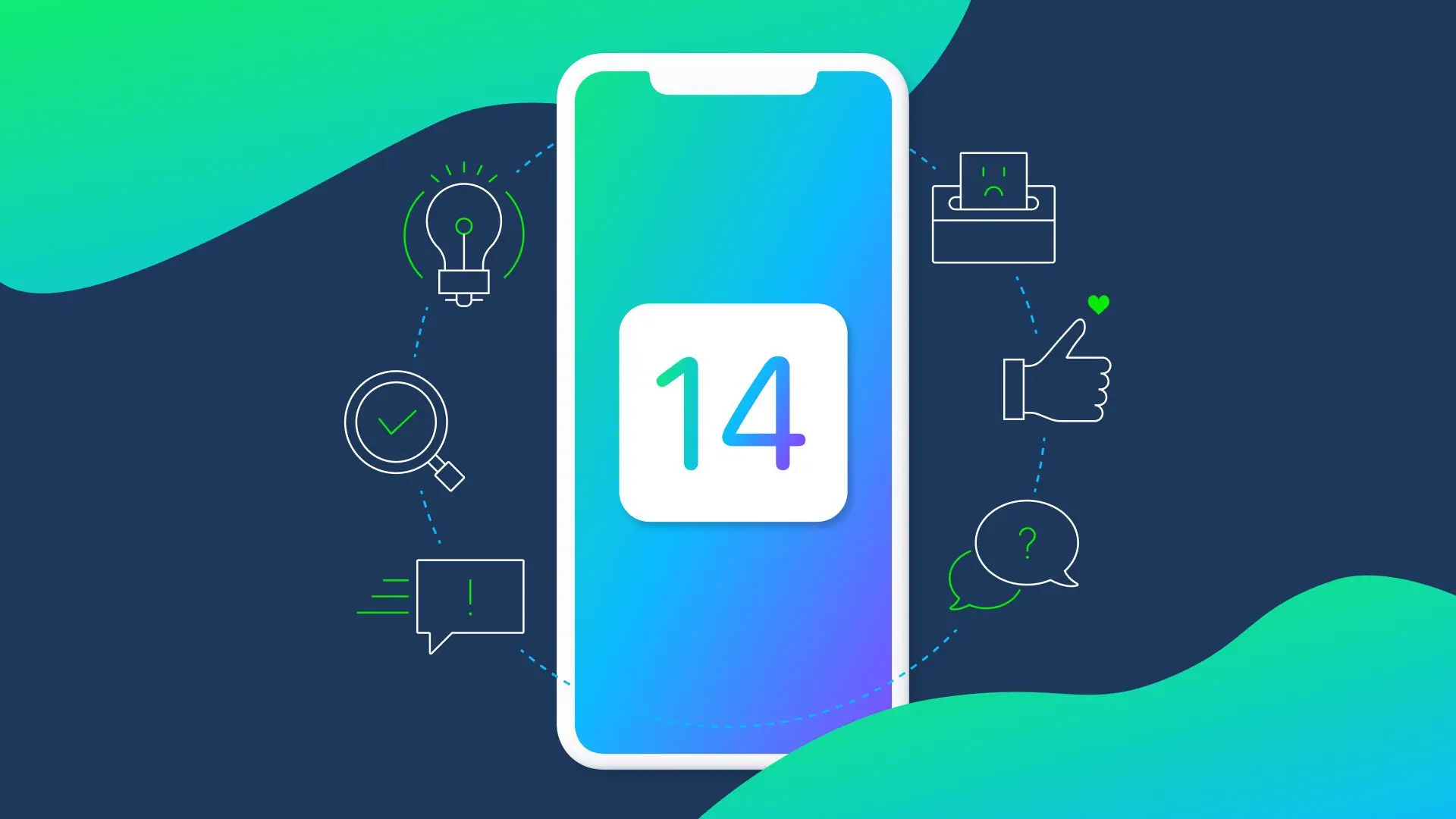The release of iOS 14.5 last month signaled a transformative change in how mobile advertising would operate on iOS. Apple’s new App Tracking Transparency (ATT) framework now requires user permission to access their IDFA for advertising purposes, and if a user does not consent via the ATT prompt, Apple’s SKAdNetwork (SKAN) is the default (and only) attribution solution available.
But so far these first few weeks of iOS 14.5 and the enforcement of ATT have been anticlimactic. The mobile ecosystem is still far from the adoption tipping point, hovering around 15% of total iOS 14 bid requests, and the use of a “non-persistent” identifier in SKAN postbacks hasn’t changed traditional attribution methods compared to iOS 13. The upshot is campaign targeting, optimization, and attribution continue to operate much as they did before.
But this could just be the calm before the storm. iOS 14.6 is publicly available and does not include device IP address in SKAN postbacks. Instead, postbacks from iOS 14.6 have a generic Apple IP. This could mean that the much anticipated iOS ramp up will be on IP-less postbacks, leaving ad networks and DSPs wholly reliant on SKAN and with less user level data to track and optimize against.
As Apple continues to make new privacy policies, LifeStreet is helping advertisers keep pace by updating campaign configurations and answering questions about the potential impact of these changes. Below is last week’s iOS 14 Office Hours FAQs and in case you missed our first roundup, here it is.
What has LifeStreet observed one month after iOS 14.5 and ATT?
Adoption rates remain low, especially when compared to previous updates, and the impact of iOS 14.5 has yet to be as significant as the pre-iOS 14 predictions.
- As of May 25, 2021 we are seeing:
- Device adoption is at 15% of total iOS 14 bid requests
- ATT opt-in rates of those shown the prompt are at 20%
- CPMs have dropped 30%
- SKAN eligible inventory is at 93% and growing
- pLists include LifeStreet in 96% of iOS 14.5 bid request
Post-ATT, how will you build custom models without as much user level data?
While we won’t know as much about a non-consented user, we still have other data parameters to rely on.
- Existing data on tracked users can still be used to create and update our models.
- We can use more engagement metrics (e.g., retention) that occur at a higher frequency compared to other metrics (e.g., IAPs) for model training.
- Device and application signals are still shared for users who’ve opted out of IDFA tracking and also help our bidding strategy.
- Don’t forget about Android. We’ll continue to build models for Android, and we can use those campaign insights to inform iOS campaigns.
As expressed in an earlier post, “Building better and different models in a post-IDFA world will depend on two things. One, how well a model is able to determine which are the strongest signals outside of IDFA; and two, the iterative testing of models to determine which one can best leverage new, alternate predictive signals.”
How will LifeStreet update custom models post iOS 14.5?
Currently, iOS 14.5 adoption hovers around 15% and right now there is still enough attribution data for our modeling updates. But once adoption of iOS 14.5 increases, there will likely be a much smaller data pool to use for modeling and keeping models up to date will depend on the attribution solution you choose and data that is shared by the MMP. Below are the three most common scenarios:
- Probabilistic Attribution: If you continue enabling probabilistic attribution through your MMP, then there will be no disruption to our current modeling process. The data we use in training will resemble LAT users and rely heavily on contextual features. Because of our history running LAT campaigns, we already have several LAT-specific models we can use.
- SKAN: If you turn off probabilistic attribution and rely on SKAN, then updating our models will rely on collecting data from new users who opt-in to IDFA tracking. If we don’t have enough iOS data to distinguish between our “more” and “less” valuable users, we can supplement our models with Android data. Or if our modeling target event (e.g., paying users) occurs infrequently, we can capture more IDFA users by supplementing our model with data from an event that occurs earlier and more frequently in the campaign (e.g., users who have completed level 7).
- Transfer learning: Designed for smaller datasets, this technique allows us to train on a larger dataset (e.g., conversions), and then adapt the model to a smaller data set (e.g., the KPI target) to make more accurate predictions.
What is LifeStreet’s creative testing strategy post iOS 14.5?
Without the IDFA, creative becomes more important as there are so many ways to connect with the user at the creative level. To understand what is and isn’t working, we measure how users interact with our ads through iterative testing. It’s how we determine which new elements, such as CTA language or button color, should be introduced to a user’s experience.
Assessing creative performance becomes impossible if we are unable to backdate the postback to the time of install, impression or click. Based on current advertiser setups, after the initial install we’ve seen SKAN framework timers delay sending the postback to the ad tech platform (DSP or ad network) anywhere between 24 hours and 8 days.
Our solution accounts for the delay in postbacks sent by Apple so we can easily attribute creative variations to the correct campaign and continue to collect clean and accurate data for the creative testing that is fundamental to your campaign’s success.
But wait, there will be more
Next week we’ll be sharing our final iOS 14 Office Hours recap but you can connect with us to stay up to date on new information and insights we share.
